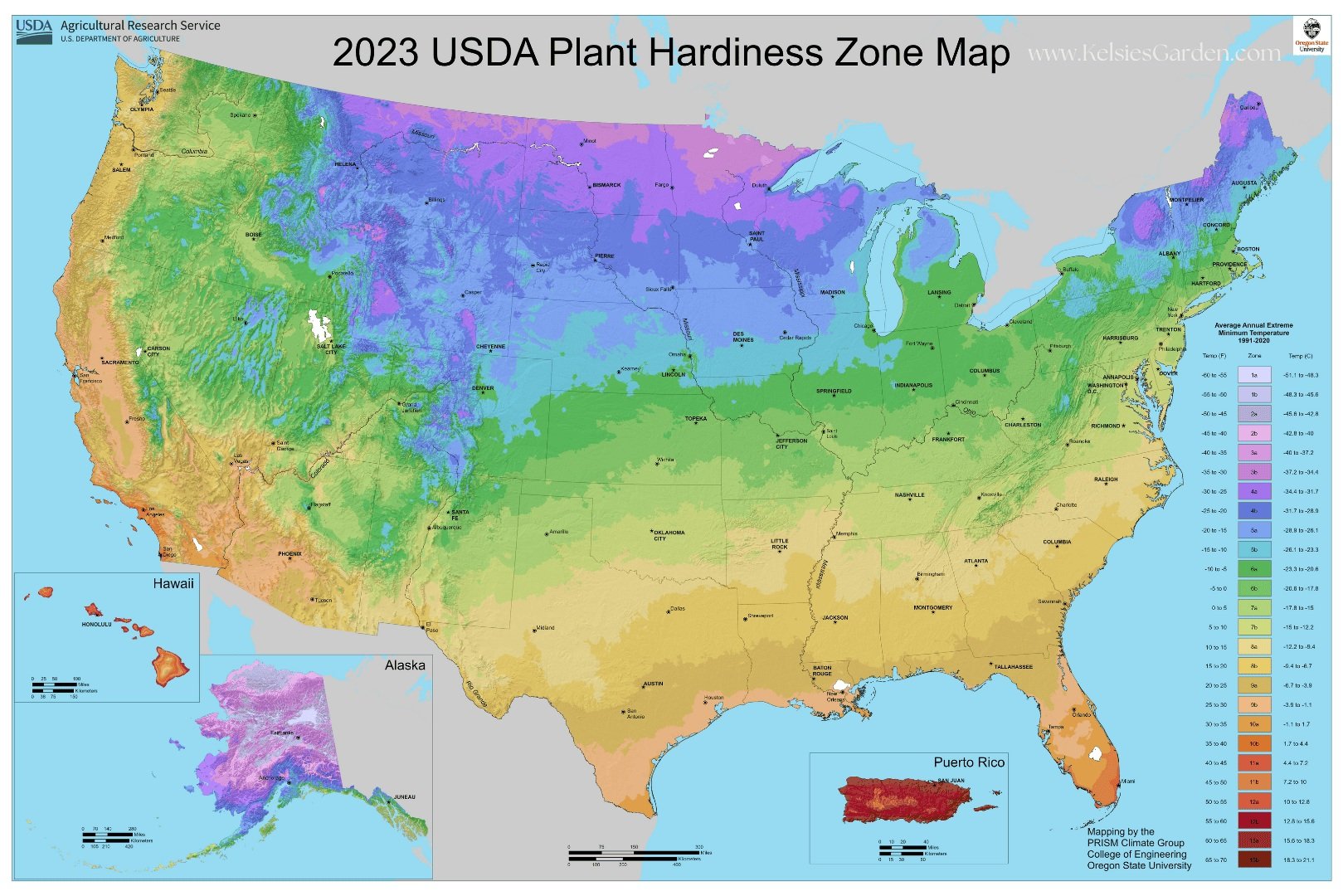Frost Dates and Container Gardening: When to Plant Outdoors
Container gardening is a wonderful way to grow fresh, delicious produce, even if you’re limited on space. Whether you're cultivating a patio oasis or making the most of a sunny balcony, knowing what to plant and when is key to a successful harvest. Timing your planting around your local frost dates ensures your crops thrive, so let’s dig into the essentials.
How to Find Your Local Frost Dates
The first step in planning your planting schedule is identifying your region's first and last frost dates. These dates mark the average time when freezing temperatures are expected to start and end in your area.
Check Online Tools: Use resources like the USDA Plant Hardiness Zone Map or the Farmers Almanac with frost calculators. Enter your zip code for precise dates.
Local Extension Services: Your local agricultural extension office often has detailed frost date information tailored to your region.
Historical Data: Many weather apps provide frost date predictions based on historical trends.
Once you know your frost dates, you can create a personalized planting calendar for peas, potatoes, tomatoes, and garlic. For the sake of examples, we’ll be using frost dates for Austin, TX in this post.
What to Plant and When in Your Container Garden
1. Peas
Peas are a cool-weather crop that thrives in early spring. They’re perfect for containers because of their shallow root systems and vertical growth habits.
When to Plant (February 17-24 in Austin, TX)
Plant peas 4-6 weeks before your last frost date. These hardy plants can tolerate light frosts. In areas with mild winters, you can also plant peas in the fall for a late-season harvest.Container Tips:
Use a container at least 8-10 inches deep with a trellis or stakes for support. Opt for varieties like sugar snap or dwarf peas, which grow well in tight spaces.Care: Keep the soil moist but not soggy, and place containers in full sun.
Find seed potatoes at your local nursery!
2. Potatoes
Growing potatoes in containers is not only space-efficient but also makes harvesting a breeze. Potatoes prefer cooler soil for initial growth but thrive as temperatures warm.
When to Plant: (February 17 - March 3 in Austin, TX)
Plant seed potatoes 2-4 weeks before your last frost date, when the soil is workable but still cool. For a fall harvest, plant potatoes in late summer, about 10-12 weeks before your first frost date.Container Tips:
Choose a deep container (at least 12-15 inches) and add soil gradually as the plants grow to "hill" them. Grow bags are a great choice and they’re inexpensive!Care: Potatoes need consistent moisture and plenty of sunlight. Avoid waterlogged soil, which can cause rot.
3. Tomatoes
Tomatoes are a warm-weather favorite that loves sunny days and warm nights. Since they are frost-sensitive, timing is critical.
When to Plant (Start seeds indoors Jan 20 - Feb 3 | Transplant April 1-8 in Austin, TX)
Plant tomatoes outdoors 1-2 weeks after your last frost date, when nighttime temperatures stay above 50°F (10°C). Start seeds indoors 6-8 weeks before your last frost date to give them a head start.Container Tips:
Use a large container (at least 5 gallons) with good drainage. Compact or determinate varieties like ‘Patio Princess’ or ‘Tiny Tim’ are ideal for small spaces. Add a sturdy cage or stakes for support.Care: Provide plenty of sunlight (6-8 hours daily), water deeply, and use a high-quality, well-draining potting mix.
You can start garlic with organic cloves from your local grocery store!
4. Garlic
Garlic is a frost-hardy, long-growing crop that’s perfect for containers. Its planting schedule is unique because it thrives when planted in cooler months.
When to Plant (Nov 24 - Dec 8 in Austin, TX)
For a summer harvest, plant garlic cloves in the fall, about 4-6 weeks before your first frost date. The cloves will develop roots before the ground freezes and resume growth in early spring.Container Tips:
Choose a deep container (at least 10 inches) with ample drainage holes. Space cloves 4-6 inches apart, with the pointed end facing up - Garlic doesn’t like being close to other plants!Care: Keep the soil evenly moist, and place the container in a sunny location. Mulch with straw in winter to protect the bulbs.
General Frost-Date-Based Planting Tips
Harden Off Seedlings: Gradually acclimate indoor seedlings to outdoor conditions 7-10 days before transplanting.
Frost Protection: Use frost covers or move containers indoors if an unexpected frost threatens. Keeping heavy planters on rollers is especially helpful for moving them quickly!
Extend the Season: Consider growing under cold frames, in a greenhouse, or using grow lights to start seeds earlier or continue growing into colder months.





